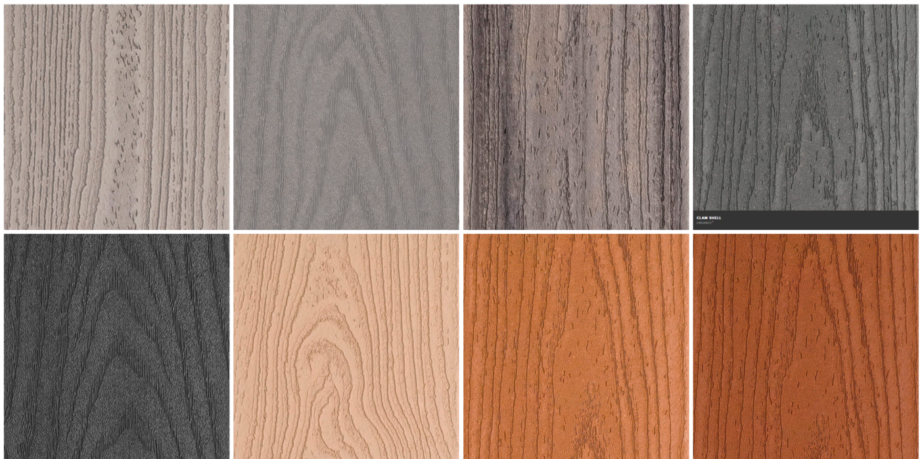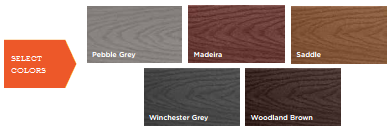
It is not recommended for use in fire-prone areas.

It is the same score typically given to steel and concrete.Īlternatively, composite decking, which contains petroleum products, like plastic, is extremely flammable. This means it is incredibly resilient to both catching fire and fire damage. Ipe has been known to score a “0” or “A” grade in the ASTM “Tunnel Test,” the best score a material can receive. However, the two have very different reputations concerning flammability. Similarly, insects do not attack composite material due to plastic materials. Wood-boring insects like carpenter bees, termites, wood wasps, and other similar species have no interest occupying extremely dense and hardwoods like Ipe. Ipe’s natural properties and hardness are resilient to insect damage and even fires. Learn more about responsibly sourced Ipe and the many environmental benefits it provides on our Ipe sustainability report. Responsibly sourced Ipe can also help stave off forest conversion for cattle/agriculture. Ipe lasts for up to 70-80 years and can be reused or repurposed, and it is also 100% biodegradable. Byproducts of manufacturing plastics include airborne pollution and the significant use of limited sources like petroleum and freshwater.Īlternatively, according to a 2015 interview with Ricardo Russo, a Brazilian World Wildlife Fund analyst, the Brazilian timber industry provides essential jobs in the Amazon region that are low in carbon emissions. The process of manufacturing with plastics should also be considered when evaluating environmental implications. It contributes to the planet’s growing plastic waste problem. So, after its life as a decking material, it can’t be reused or recycled. It also has little to no value as a reusable material. However, when the two are combined, the resulting material is either biodegradable or recyclable. Replacement boards have the original color, while the original boards have faded from their original colors.īoth ingredients of composite decking, plastic and wood pulp, are recyclable. Unlike Ipe, which can be cleaned and oiled to be brought back to pristine condition, composite materials require replacements for damaged boards.įurthermore, when you replace a damaged composite board, it stands out from the rest and never blends in. Sunlight causes composite materials to fade substantially. This is not the case with composite materials. It blends in so well, in fact, that in a matter of days or weeks, it will be challenging to identify which boards were sanded or replaced. Ipe varies in color from board to board, and the sanded area (or new boards) blend nicely with the rest of the deck. With Ipe, you can sand away the damage or replace the boards without intensive and expensive labor costs. Scratches or damaged composite boards are challenging to remedy and will require replacement boards. Harder woods will not dent or scratch easily and are incredibly resilient to damage.Ĭomposite boards eventually sag between joists, after several years. The Janka Hardness Scale rates woods from a scale of zero (softest) to 4,000 lbs (hardest) and Ipe ranks on the top of the scale with a score of 3,684 lbs. It is not pressure-treated or loaded with chemicals it’s just a sturdy wood. Ipe’s hardness is a product of nature, and it is among one of the hardest woods available for decking.

While composite boards have become more durable over the years, their strength and longevity don’t compare to Ipe. Additionally, natural hardwood like Ipe produces an impressive variety of different wood shadings for a beautiful aesthetic look. Ipe Decking can be refinished, even years later, to look almost brand new, a major benefit to using RealWood products. Many composite deck owners don’t consider the long-term investment to replace tarnished boards, which can cost a fortune for frequent labor. Unfortunately, when composite decking fades, there is no way to bring them back to their original condition. Overall, the color and look of plastic decking is unnatural and is not as durable, sustainable, or appealing as real wood. These are considered premium composite boards and are almost always more expensive than Ipe. Some boards feature wood grain texture and ven color gradients.

Typically, composite boards are available in shades of grey, beige, or brown. As for color, there are some options, but none of them look like authentic natural wood.


 0 kommentar(er)
0 kommentar(er)
